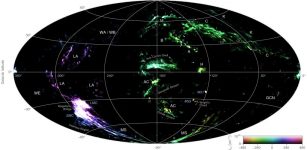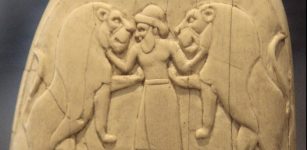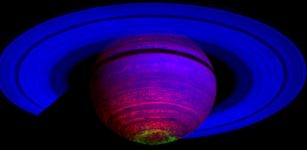Mysterious And Spectacular Changes On Comet 67P/C-G Baffle Astronomers – Imhotep Surface Is Expanding!
MessageToEagle.com – For quite some time astronomers and scientists have noticed an odd change on one of the comet’s studied by Rosetta. Comet 67P/C-G is changing and it’s surface, near a region called Imhotep is expanding. Now astronomers wonder what is behind this spectacular and rapid change.
Since arriving at Comet 67P/C-G in August 2014, Rosetta has been witnessing an increase in the activity of the comet, warmed by the ever-closer Sun. A general increase in the outflow of gas and dust has been punctuated by the emergence of jets and dramatic rapid outbursts in the weeks around perihelion, the closest point to the Sun on the comet’s orbit, which occurred on 13 August 2015.
But in June 2015, just two months before perihelion, Rosetta scientists started noticing important changes on the surface of the nucleus itself. These very significant alterations have been seen in Imhotep, a region containing smooth terrains covered by fine-grained material as well as large boulders, located on 67P/C-G’s large lobe.
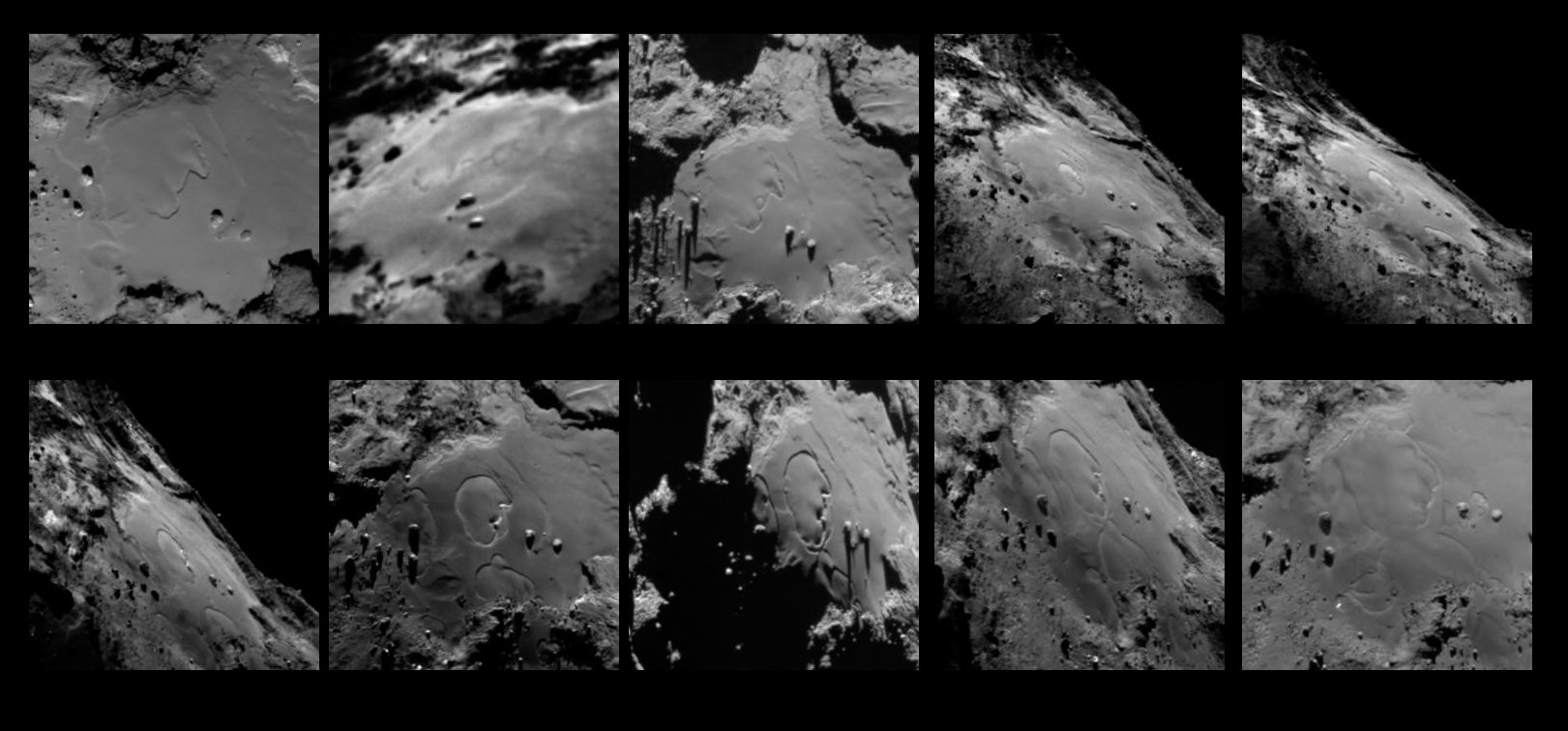
“We had been closely monitoring the Imhotep region since August 2014, and as late as May 2015, we had detected no changes down to scales of a tenth of a metre,” comments Olivier Groussin, an astronomer at the Laboratoire d’Astrophysique de Marseille, France, OSIRIS Co-Investigator and lead author of the study.
“Then one morning we noticed that something new had happened: the surface of Imhotep had started to change dramatically. The changes kept going on for quite a while.”
First evidence for a new, roughly round feature in Imhotep was seen in an image taken with Rosetta’s OSIRIS narrow-angle camera on 3 June. Subsequent images later in June showed this feature growing in size, and being joined by a second round feature. By 2 July, they had reached diameters of roughly 220 m and 140 m, respectively, and another new feature began to appear.
By the time of the last image used in this study, taken on 11 July, these three features had merged into one larger region and yet another two features had appeared.
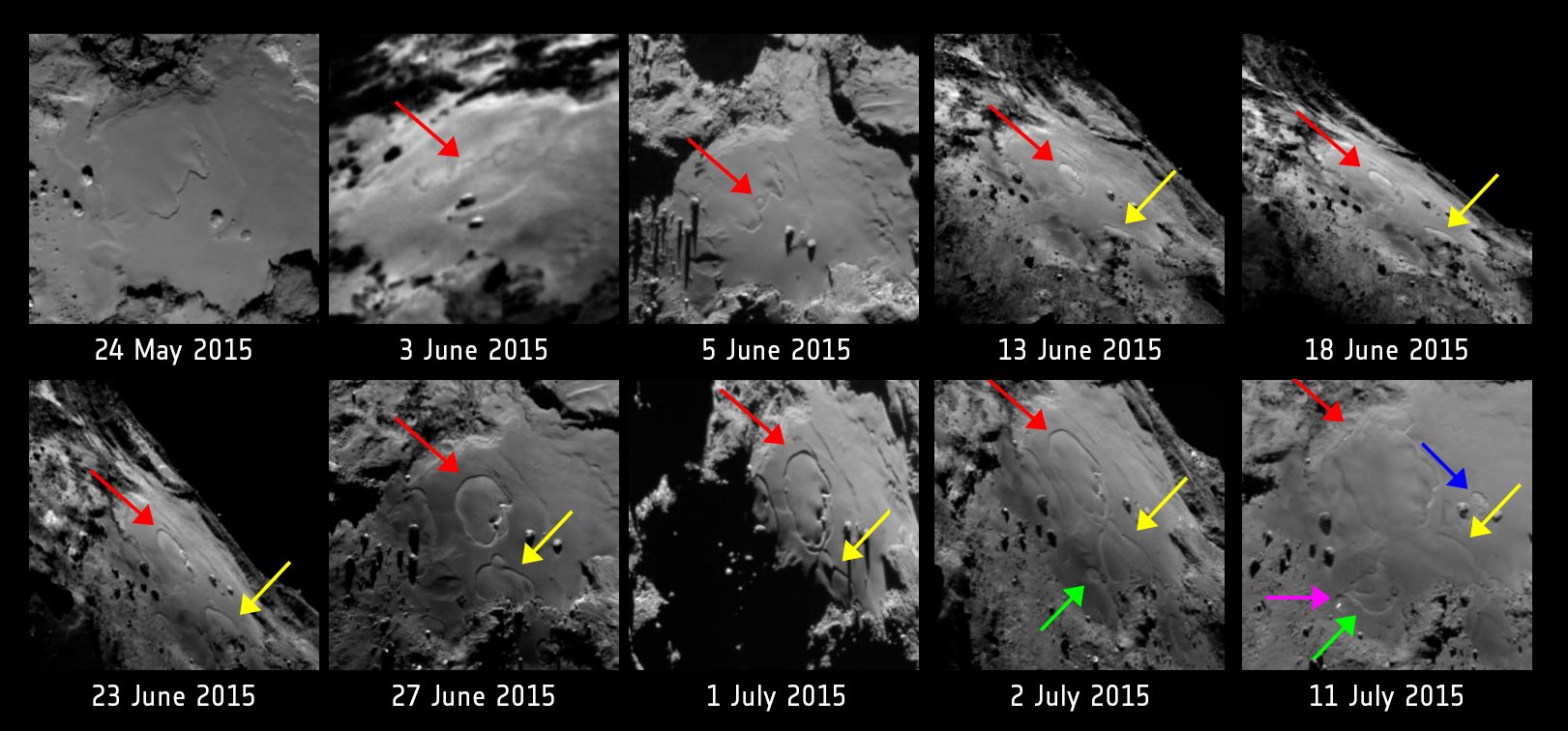
“These spectacular changes are proceeding extremely rapidly, with the rims of the features expanding by a few tens of centimetres per hour. This highlights the complexity of the physical processes involved,” adds Olivier.
The sublimation of volatile species is clearly an important factor, as colour images of this region reveal the signature of exposed ice on some of the rims of the newly-formed surface features. The rapid rate of expansion is unexpected, however: models of sunlight-driven sublimation would predict erosion rates of just a few centimetres per hour, and thus the scientists believe that additional mechanisms are required to explain the observations.
A simple possibility is that the surface material is very weak, allowing for more rapid erosion, but it is also possible that the crystallisation of amorphous ice or the destabilisation of so-called ‘clathrates’ (a lattice of one kind of molecule containing other molecules) could liberate energy and thus drive the expansion of the features at faster speeds.
The erosion could be accompanied by increased rates of gas outflow, including H2O, CO2, or CO. The scientists also searched in OSIRIS images for evidence of increased dust rising from Imhotep as the surface morphology evolved, but did not find any.
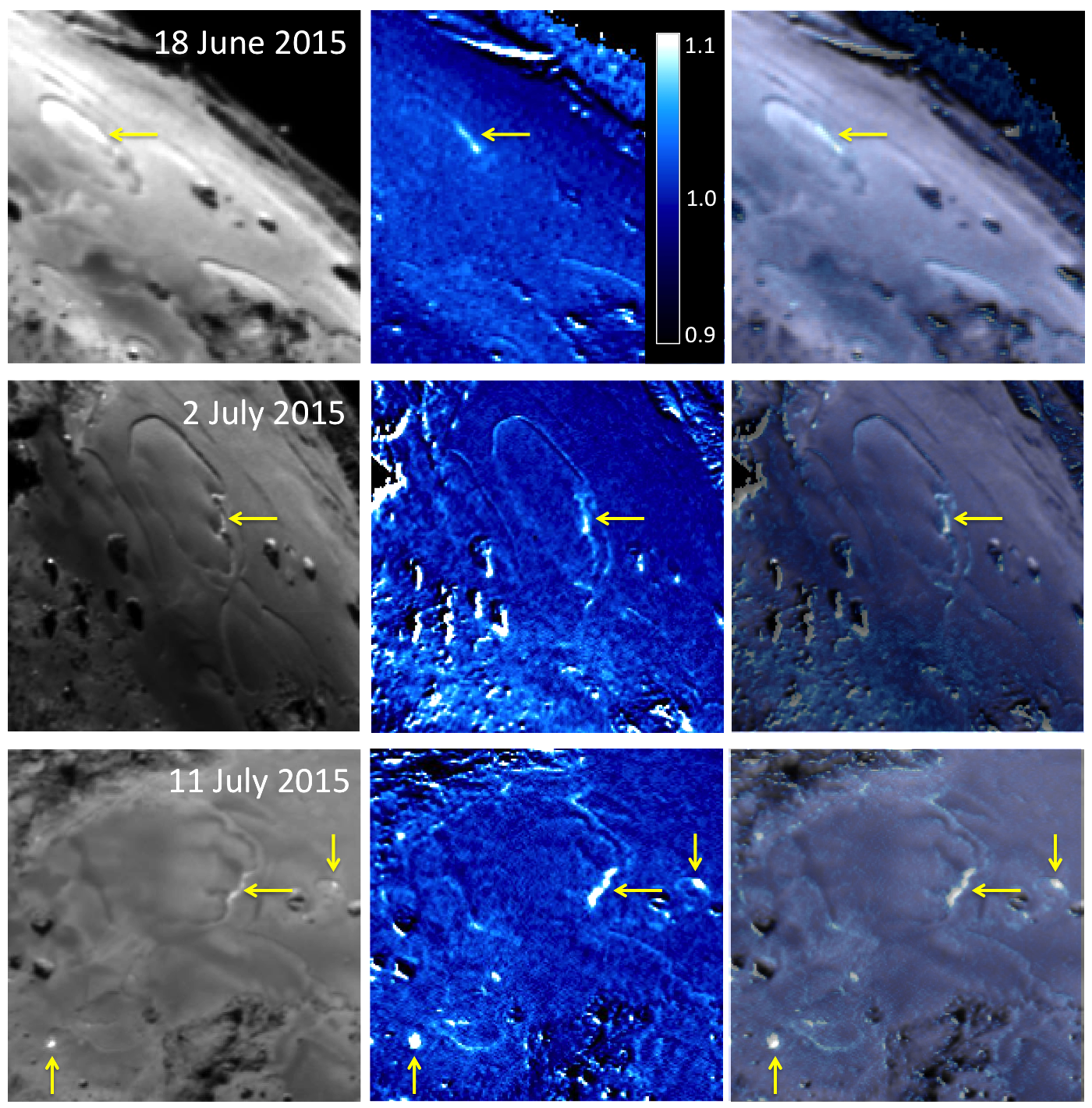
While it is unlikely that many small (micron-sized) dust particles were released as the features formed and expanded, it is possible that the same amount of mass was released in a smaller number of larger (millimetre-sized) particles, which would produce less reflected light and thus be harder to detect with OSIRIS.
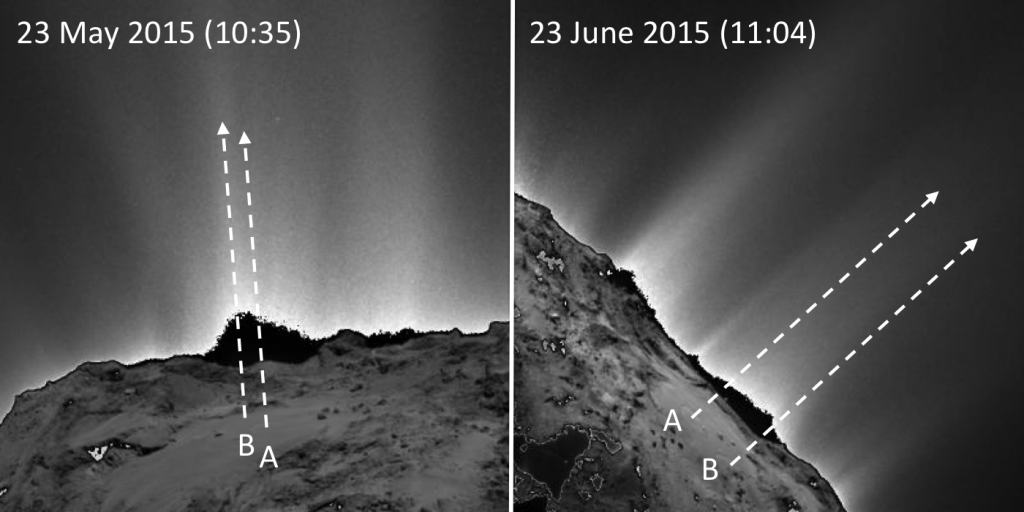
In addition, a significant fraction of the dust released may have immediately fallen back to the surface, accumulating at the base of the expanding rims.
Although the scientists were initially surprised to see such significant changes taking place on smooth terrains such as those seen in Imhotep, the location of this region close to the comet’s equator guarantees that it receives large amounts of sunlight.
“We are looking forward to combining our OSIRIS observations with data from other instruments on Rosetta, to piece together the origin of these curious features,” concludes Olivier.
MessageToEagle
Source: ESA




